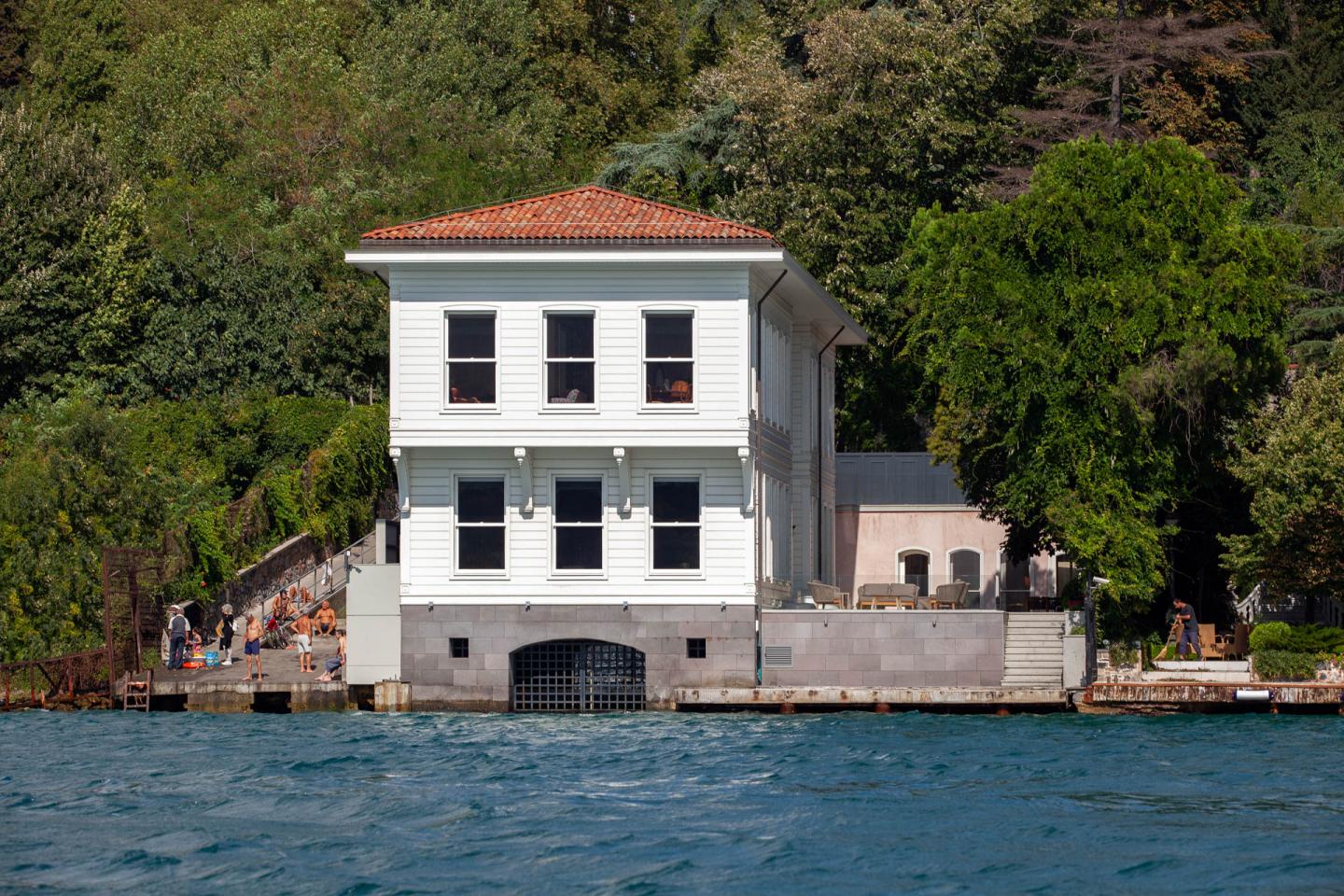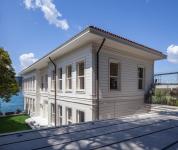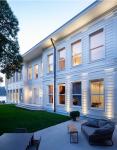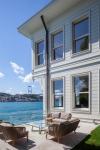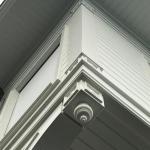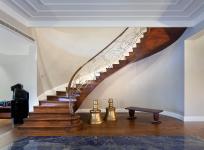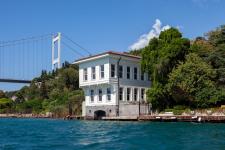Beysun Mert Architecture completed the reconstruction, interior design and application works of the Zarifi Mustafa Pasha in Boğaziçi Anadoluhisarı in Istanbul. The wrecked main construction had been replaced by a reinforced concrete building in 1950s, which had no resemblance to its original early 18th century design. Beysun Mert Architecture reconstructed the Mansion, based on the initial design of the main mansion named (Grup Köşkü) and thus provided an integrity and similar texture to other 18th-19th century seafront mansions on the Bosphorus.
During the initial construction between end of 17th and early 18th centuries, Zarifi Mustafa Pasha Mansion consisted of four separate buildings, that were called Haremlik, Selamlık, Grup and Mehtabiye pavilions. Mehtabiye Pavilion was adjacent to Selamlık, and the Grup Pavilion was an individual structure. Due to the damages happened through the years, mostly due to several ship accidents colliding into the complex, only the Selamlık Pavillion remained intact. Urban researcher and author Orhan Erdenen explains the state of this mansion in his book “Boğaziçi Sahilhaneleri” (Seafront Houses of Bosphorus) as: “Selamlık area was ruined by stationed soldiers here during the Balkan wars. During the WWI, it was demolished by the landlord, who feared that soldiers would be again positioned here and potentially cause a fire. With the destruction of this part, harem and selamlık parts had no connection; creating two separate sea front houses”.
On his book, Orhan Erdenen provides a detailed research on the construction date of the Zarifi Mustafa Pasha Mansion, based on Ottoman imperial records and landlords. Later on, Zarifi Mustafa Pasha – whom the mansion is named after – purchased these buildings in 1848. Based on the information Orhan Erdenen acquired from Zarifi Mustafa Pasha’s relative, he purchased the complex from its third owner, Sultan II.Mahmut’s principal coffee roaster (Kahvecibaşı) Kani Mustafa Bey. According to Architect Beysun Mert, the fact that the palace officials in high positions owned such seaside mansions is a good indicator of the income distribution during the Ottoman Empire.
Zarifi Mustafa Pasha, a dignitary of Abdülaziz era did not have a significant historic role. The seafront mansion he owned had a quiet and uneventful past. Following 1948, the same family continued living here, expanding into four to five generations. From 1950s onwards the ownership of buildings was separated and the complex was split into three mansions such as Selamlık, Haremlik ve Grup pavilions.
During the research process, Beysun Mert Architecture had a huge advantage with finding historical photographs, since the positioning of the complex is right across Rumeli Fort. Following the invention of photo cameras in the past, a majority of tourists visiting Istanbul went to Rumeli Fort to take pictures of the Bosphorus, which meant the Grup Pavilion is in most historical photographs.
A photo-geometry study was based on the acquired pictures. Remains of the original foundation traced during the excavation - supported by the local museum and archeology authority - verified the proposed proportional dimensioning studies. The Selamlık Pavilion - which stayed up to date in its original state, was also an immense help to the restitution project.
Following the reconstruction, a residential use was proposed, fitting into the building’s initial purpose. The reinforced concrete structure – thought to be built during the 1950s - was demolished and the reconstruction project started to complete the seafront mansion complex.
Beysun Mert Mimarlık, undertaking the reconstruction of the Zarifi Mustafa Paşa Mansion, states that the texture and integrity of the 18th and 19th century waterfront buildings are particularly important in this district and hence all recent Anadoluhisarı reconstruction projects should be considered positive efforts to maintain the original identity of such historical buildings.
2015
2018
Project Name: Zarifi Mustafa Pasa Mansion
Project Design: Beysun Mert Architects
Project Location: Istanbul/Turkey
Construction Year: 2018
Photographs: Studio Majo
Beysun Mert Architects
